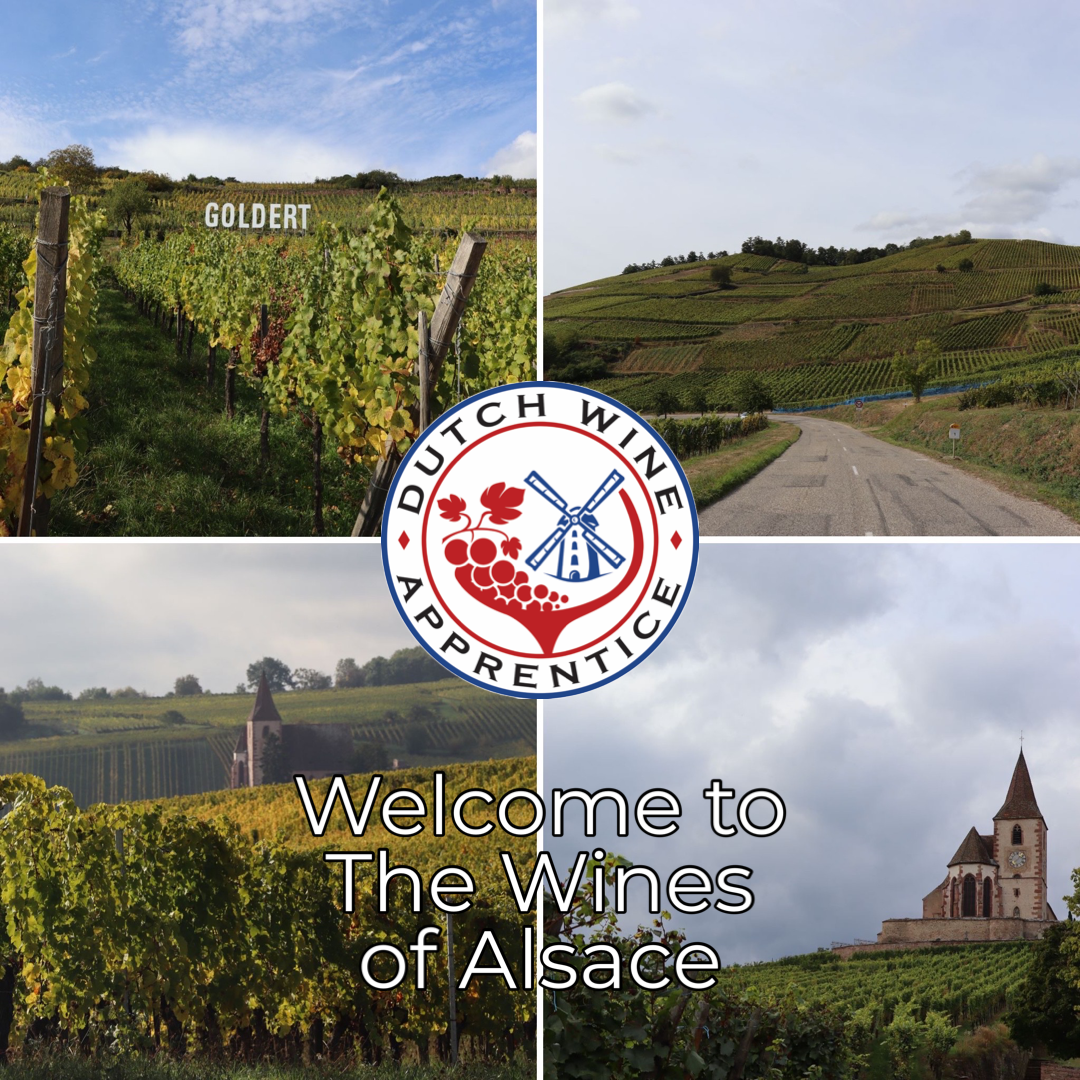Welcome to The Wines of Alsace.
Alsace is one of the most diverse wine regions in France, maybe even the world. If there is one region that lives and breathes terroir it must be this little part of France. With its unique vineyards and long tradition in wine making it is an institute for wine lovers, but for the same reasons it can also be seen as complex, difficult to understand and for some even intimidating.
In a new series of articles our Alsace expert Benjamin Roelfs will shed more light on what makes this region so interesting by looking at the climate, grapes, winemaking, villages and vineyards.
Benjamin is writing a book on Alsace and has spent countless hours researching the region, and visited the region numerous times.
For me, Alsace feels like a second home and its characteristics and knowledge are a given. However, Alsace can also still be a challenge for myself. “The more I know, the more I realize I don’t know.” A quote by a moustached, white haired genius (Albert Einstein)
The Climate
Alsace’s unique situation has made this France’s second driest wine region. The Vosges mountains act as a protective shield, shielding the Riesling country from most precipitation. Its continental climate leads to about 600 mm of precipitations, in comparison to 1636 hours of sunshine a year. This all makes Alsace a delightful region to visit during spring, summer and especially autumn. Where the latter will still very often be quite warm. I personally often encountered temperatures above 20 degrees Celsius in October and September. Naturally, the grapes like this too!
Most of Alsace’s vineyards face south, to enjoy the sunshine, take up the heat and ripen its grapes to full potential. The dry climate also offers a challenge to vine growers, as for instance the Schlossberg Grand Cru has been facing drought issues for a few years in a row. Wineries face a difficult future where planting vineyards on more northern exposure would be a wiser choice.
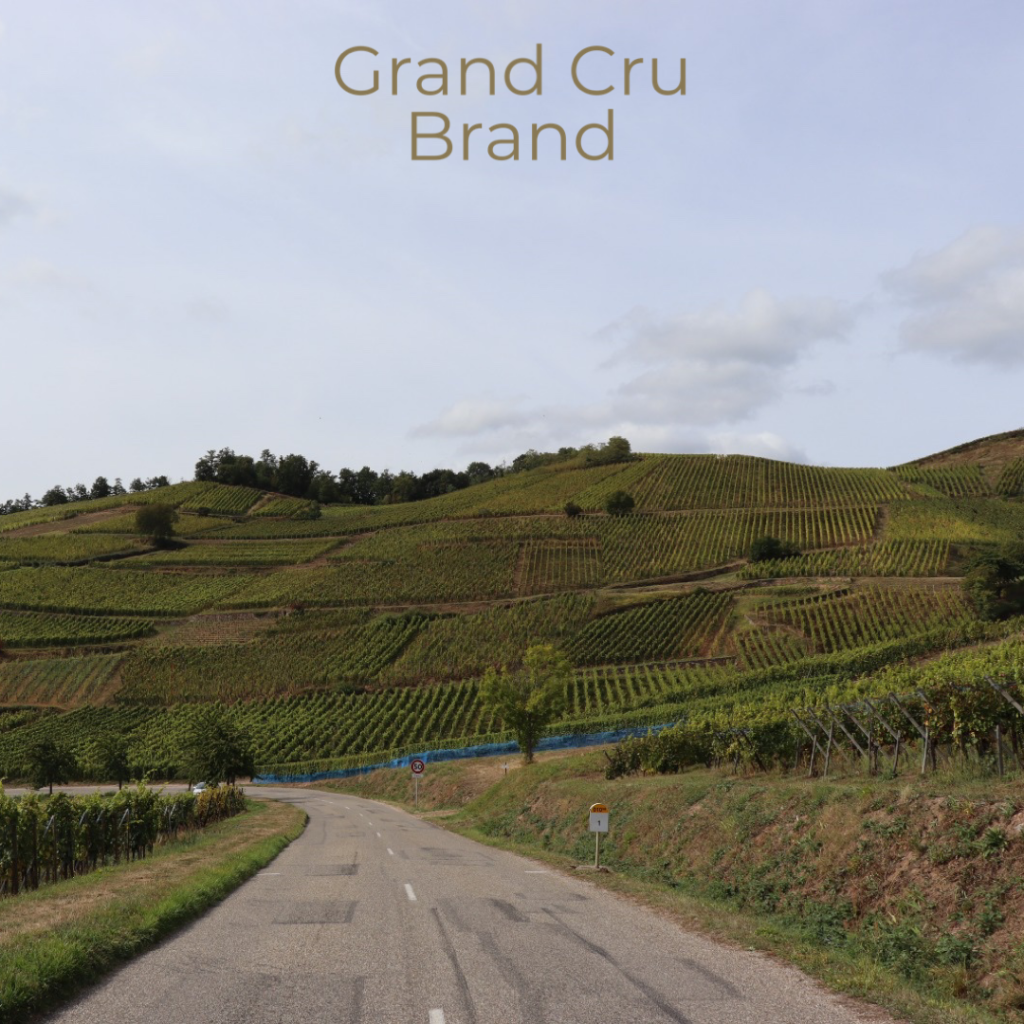
The Grape Varities
Alsace is home to more than seven grape varieties. In contrary to what most study books state, Alsace is not just the seven allowed varieties. These seven varieties are however the most famous ones, and generally the ones made into wine and exported.
The Noble Varieties:
These varieties are the ones allowed on the grand crus of Alsace. Regulation differs whether one or all of the mentioned grape varieties may be labelled as the grand cru in question.
- Riesling
- Muscat
- Gewurztraminer
- Pinot Gris
The Rest:
These three varieties are responsible for a lot of wine in the region. Pinot Blanc, naturally for the asparagus in export countries, Pinot Noir now in growing popularity and Sylvaner still a bit of a third wheel here.
- Pinot Blanc
- Pinot Noir
- Sylvaner
These varieties are the ones allowed on the grand crus of Alsace. Regulation differs whether one or all of the mentioned grape varieties may be labelled as the grand cru in question.
The Obscure:
While obscure might not be the best name for these varieties, as Auxerrois is often seen as the same as Pinot Blanc, the other two can be named ‘rare’. Savagnin Rose is solely accountable for Klevener de Heiligenstein, and Chasselas (yes, the same as in Switzerland and Savoie) is ‘very rare’.
Chardonnay may only be used for Crémant d’Alsace
- Auxerrois
- Savagnin Rose
- Chasselas
- Chardonnay
Syrah, this Rhone valley variety somehow found his way into Alsace. Producers like Muré, Schlumberger and Meyer-Fonné are now experimenting with this powerful and drought resistant variety. Something very smart as the future of Alsace is highly influenced by climate change.
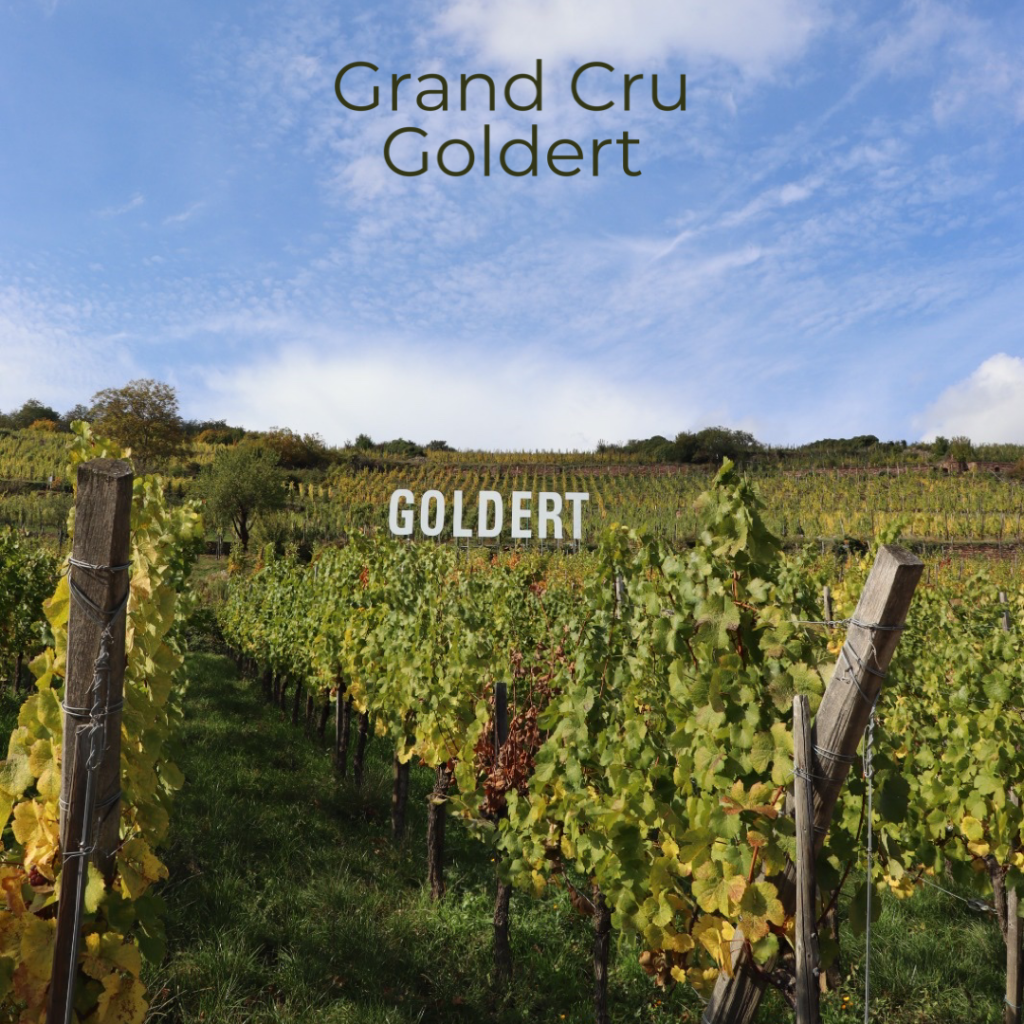
The 51 Grand Crus of Alsace
These 51 exceptional plots of land, with each its own unique terroir, have somewhere between the late ‘70s and 2007 earned their status as to be named Grand Cru. The most recent of which is Kaefferkopf, a hot and relatively large Grand Cru primarily known for powerful Gewurztraminer wines. We will spare you the list of all of these 51 Grand Cru’s, but here are a few that you must know when diving into the magical world of Alsace:
Schlossberg, Wineck-Schlossberg, Rangen de Thann, Kaefferkopf, Schoenenbourg, Brand, Kirchberg de Barr, Hengst, Rosacker, Zotzenberg, Mambourg, Florimont and Sommerberg.
When trying the wines of Alsace, if you’ve tasted these Grand Cru’s we believe you would truly understand the wild diversity of the wines of Alsace. These Grand Cru’s include some known for sweeter wines made with Pinot Gris or Gewurztraminer, even a Grand Cru exceptionally famous for Sylvaner, now two famed for Pinot Noir (Hengst and Kirchberg de Barr) and of course the power house called Riesling.
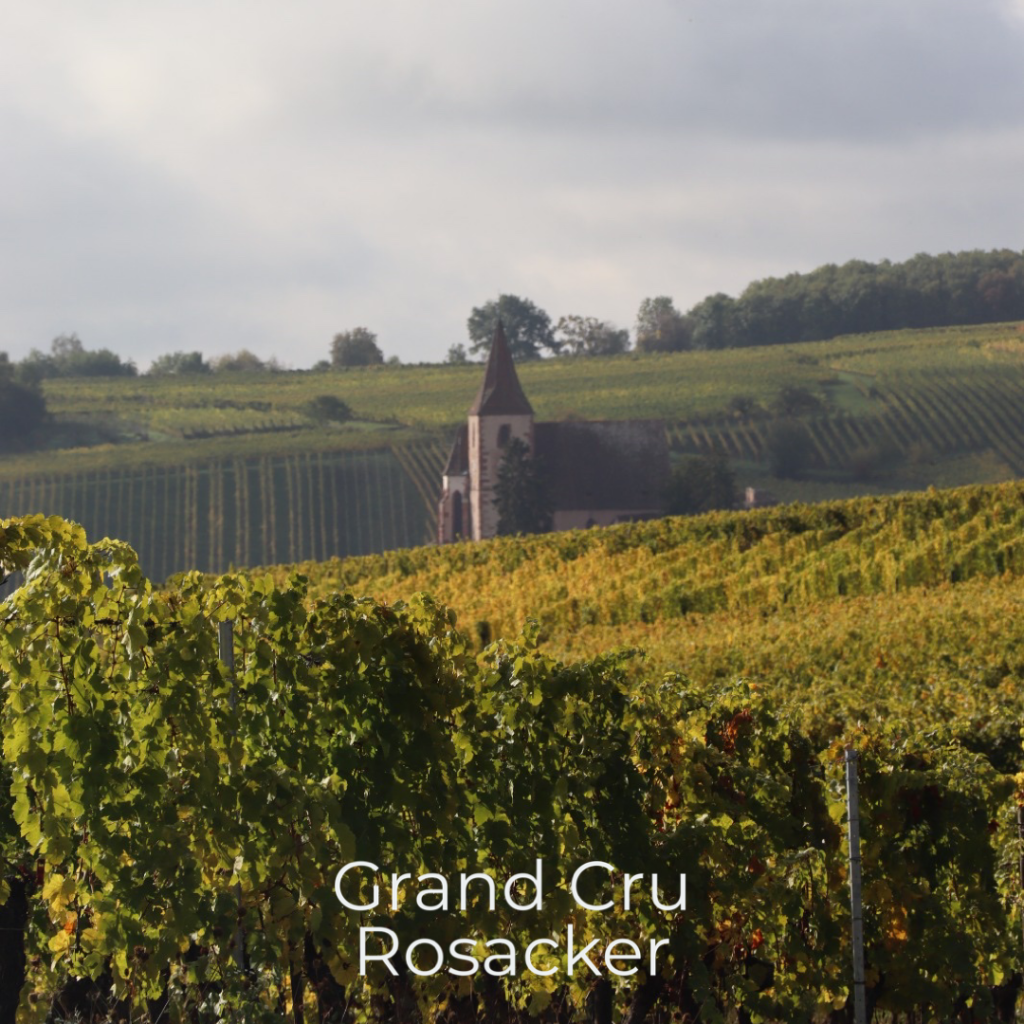
The Countless Lieux-Dits of Alsace
A part of Alsace relatively unwritten is the abundance of Lieux-Dits. Some claim that there are thousands of individual Lieux-Dits, Benjamin so far collected reliable data on over 400 of these vineyards. On the label you will find the word Lieu-Dit printed, and this falls within the general AOC of Vin d’Alsace. The sheer individuality and freedom linked to labelling a wine with Lieu-Dit is to say the least, interesting. A lot of these vineyards are close by, or even inside already existing grand crus. One famous example of which is the Clos Ste. Hune, a Lieu-Dit located inside the larger Grand Cru Rosacker. Another famous example is the Clos Saint Landelin, a monopoly vineyard of Domaine Muré located almost completely on the Vorbourg Grand Cru near Rouffach.
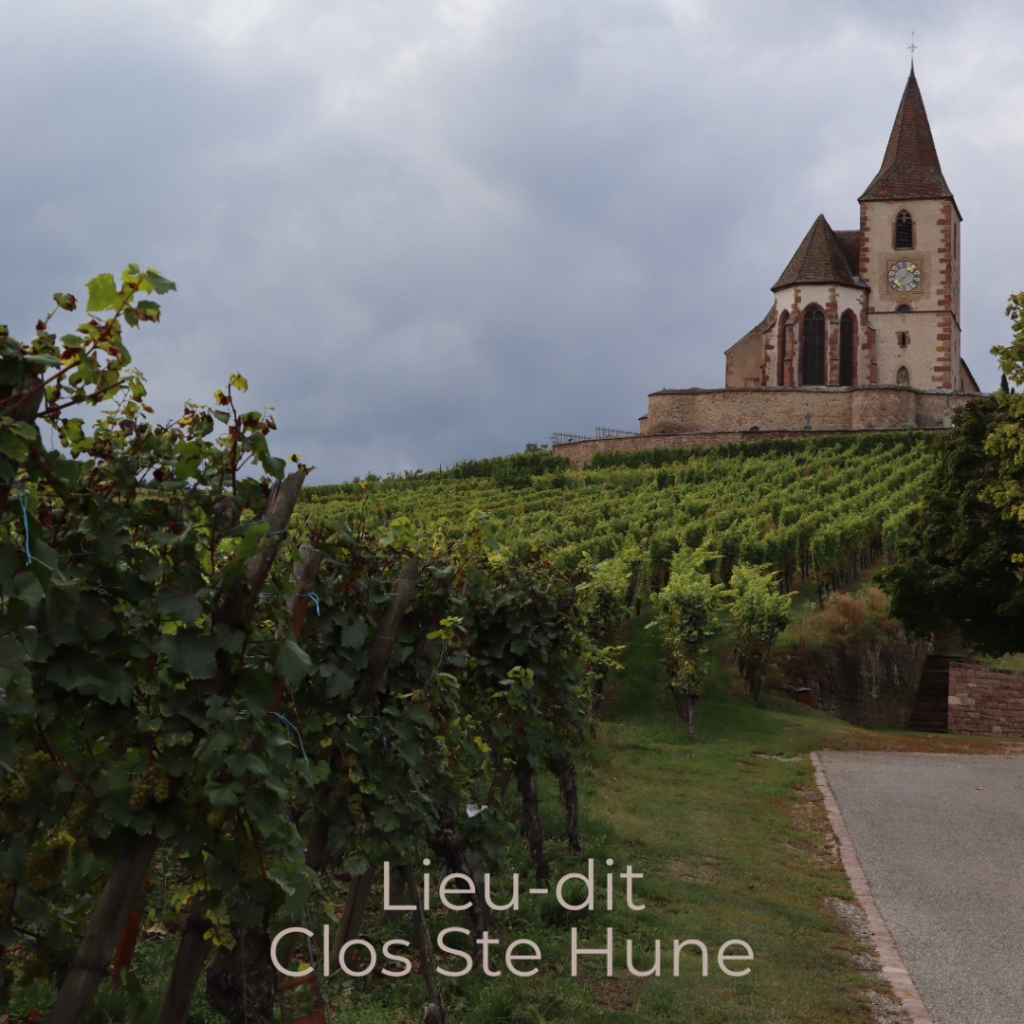
Crémant d’Alsace
This is a Champagne world; however, most people do not realise that Crémant d’Alsace is the second largest in volume in terms of sparkling wine in France. Needless to say, there is a lot of Crémant d’Alsace made. By saying this, there naturally is a big difference in quality. Crémant d’Alsace should be aged ‘sur latte’ or on its lees for at least nine months prior to being released. The amount of wine lost at disgorgement can be settled with a dosage of choice. The dosage must of course be stated on the label (e.g. Brut, Extra Brut, Demi-sec, you know the drill). Did you know that the term Crémant d’Alsace has been around since 1976? The 24th of August, 1976 to be exact. Good reason to gift someone a special bottle of Crémant d’Alsace particularly when they are born in ’76!
Most commonly used for Crémant is Pinot Blanc, its relatively neutral character makes it an excellent fit to blend with the aromas, flavours and mouthfeel caused by the ageing ‘sur latte’. Riesling, as well as Pinot Gris are also commonly used. These aromatic varieties bring the Alsatian character, truly making Crémant d’Alsace not feel like a copy-cat of Champagne.
Pinot Noir is also used of course, and a lot of times in combination with Chardonnay. However, Pinot Noir is the only variety that may be the root of Crémant d’Alsace Rosé.
The Most Common Misconception
Dry or sweet? Which is it, Alsace? If you have tasted Alsace before, you may have noticed that there is no actual residual sweetness in most Rieslings. However, there used to be a time where the wines of Alsace were generally sweet. This leads to some confusion amongst consumers nowadays. The uncertainty whether the Alsace wine will be sweet or dry has made the governing body decide on an obligatory sweetness scale on the label since the 2021 vintage. This solution offers transparency to anyone sipping an Alsatian wine.
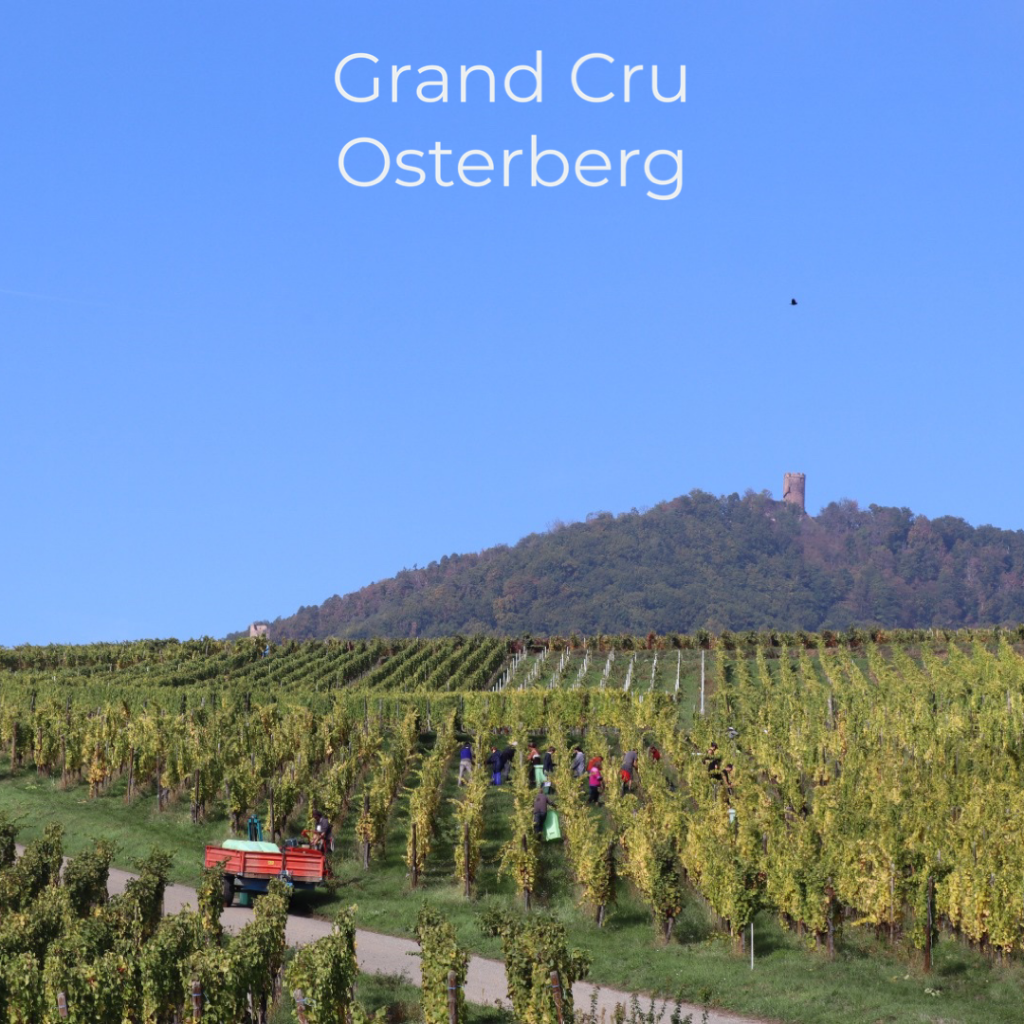
Organic and Biodynamic Viticulture
In Alsace we find an unusual high concentration of organic and biodynamic viticulture. Of the 15.500 hectares of vineyards, 880 hectares is grown biodynamically. This equals to about 5.6%, whereas in the rest of France about 1.3% is grown biodynamically. Organic viticulture is naturally even more present in the Alsatian vineyards, as it accounts for 16.5%. Many of the new wineries in the region also steer into the skid with starting as a biodynamic winery, a lot even come out of the ground as natural winemakers. Also, a beautiful new trend, the natural winemaking scene where a lot of wineries offer great quality for a decent price, as well as delivering consistency.
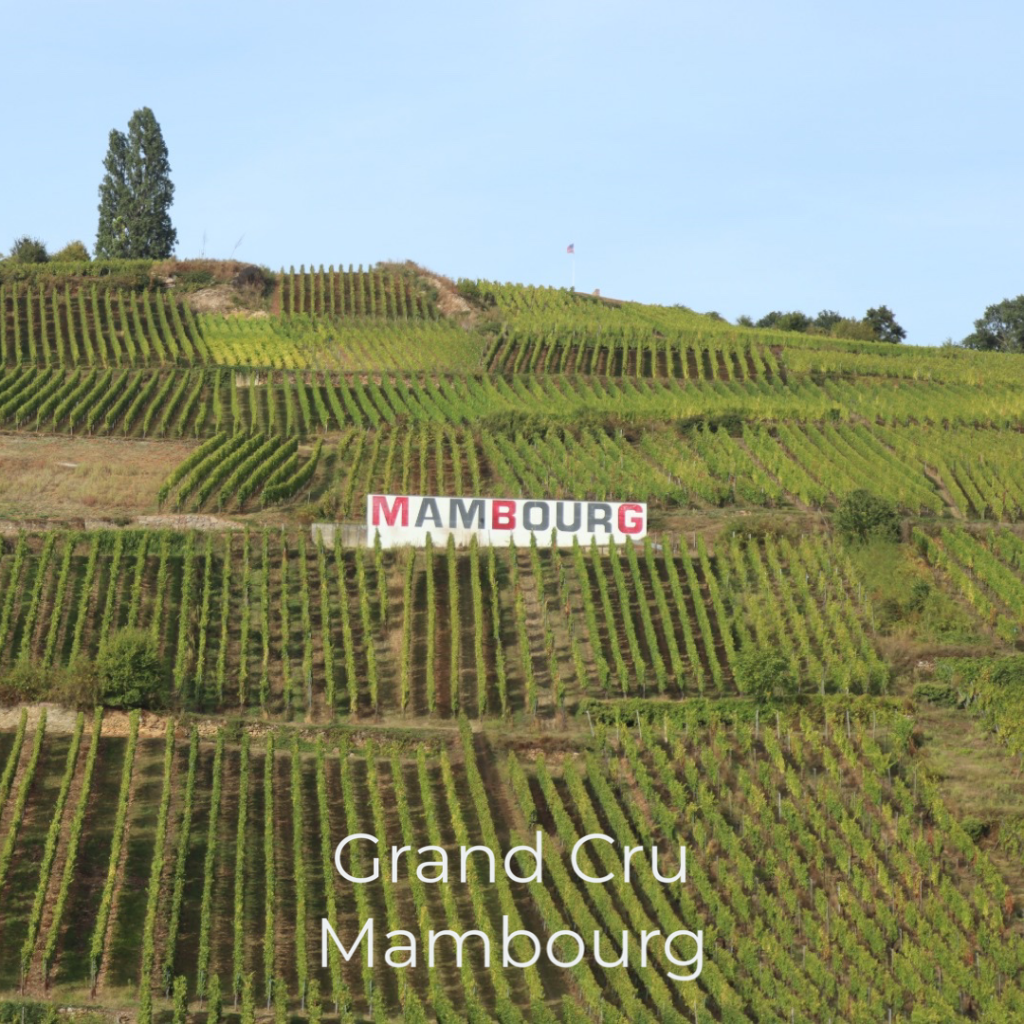
What is Next?
When it comes to the future of Alsace the trend is dry. The trend is also terroir, freshness and biodynamic. In the upcoming articles of this series we will dive deeper into the most important villages and their vineyards so join us on a trip through Alsace, village by village, Cru by Cru.
This series of articles is written by our own Benjamin Roelfs. To stay informed about upcoming publications, subscribe to our newsletter (through this link) or follow us on Instagram.

